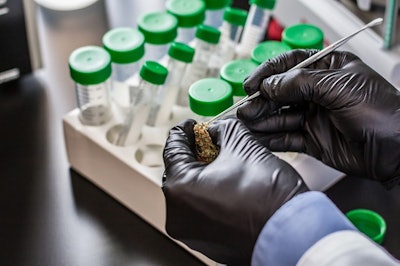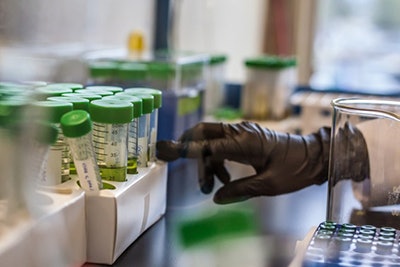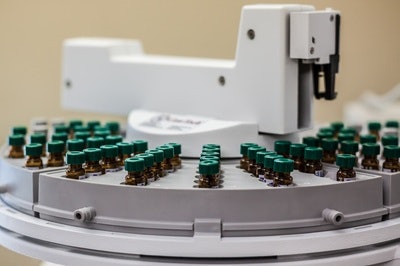
California cannabis cultivators and dispensaries likely have their eyes on the calendar as it inches toward July 1, the date when all cannabis products sold in the state must be lab-tested according to additional state regulations.
When the legal adult-use market launched on Jan. 1, any product cultivated or produced after that date had to be tested according to a certain set of rules, but the state provided a grace period that allowed dispensaries to sell untested product as long as it bore a “Not Tested” label. After July 1, however, all products sold through dispensaries must be tested, and California regulators are increasing the number of pesticides and solvents for which labs must test.
To keep a watchful eye on their products, cultivators should ensure that their licensed distributors test their products, according to Lori Glauser, co-founder of EVIO Labs, which operates 11 labs across the U.S. and Canada. The company recently opened EVIO Labs Berkeley and acquired a lab in Humboldt County.
“It’s the distributors that are going to be engaging with the labs,” Glauser said. “And then once a distributor engages with a lab to perform testing—one or more labs—then the lab will come out to the distributor’s site and sample from the batches of product at the distributor’s site.”

The frequency of testing will depend on how frequently the grower is producing, Glauser added. Turnaround time for testing is currently between five to 10 business days, depending on the suite of tests needed. “It is possible that when things get busy with the labs, which may happen after July 1, that turnaround time might get a little bit longer,” Glauser said.
The scope of testing after July 1 may also be surprising to cultivators and their distributors, she said. A substantial list of pesticides, residual solvents, and micro biologicals will be added, as well as potency testing requirements. At the end of the year, the state will also introduce testing for heavy metals.

In the past, before the legalization and regulation of recreational marijuana in California, cannabis testing was mainly performed for informational purposes to help consumers understand the potency of the product, Glauser said. There was THC and CBD testing, and then testing emerged for harmful substances like pesticides, molds, E. coli and salmonella. States like California have adopted testing regulations in the past few years to test products prior to sale in legal markets. California will phase in testing regulations throughout the year, with the last round of rules going into effect Dec. 31.
California BCC Required Lab Testing Chart by sandydocs on Scribd
“We do have a lot of clients that are doing information or R&D testing, just to make sure their product is clean before they start going into compliance tests."
-Lori Glauser, Co-Founder, EVIO Labs
There may be many testing failures in the beginning, Glauser said, as cultivators adopt and adapt to the new regulations. EVIO saw this happen in Oregon, with failure rates as high as 25 percent early on that dropped to less than five percent within a year of the testing regulations being released.
“They may be putting nutrients on their plants and/or have systems or processes that aren’t 100-percent clean, and there may be some failures in the beginning, … but as cultivators learn more and more about how to grow and what types of products to avoid, then the failure rate will begin to drop,” Glauser said.
If a product fails lab testing, it cannot be released for sale and must be destroyed in accordance with state regulations.

Cannabis businesses should engage with the labs as early as possible, she added, to give them a heads up that products are coming and to ensure they have the bandwidth available to handle them. That will help get the business negotiations out of the way early to help smooth the transition when testing becomes busier starting July 1.
And although the new regulations may pose challenges to California’s cultivators and dispensaries, they are necessary, Glauser said. “The labs are here to ensure the health and safety of their customers and the consumers in California, and when they’re buying their product from the legal markets, they’ll know that it’s clean, but the black market and gray market products are typically not tested, and sometimes it can be adulterated with some pretty dangerous chemicals,” she said. “While testing might become a sore spot from the standpoint [that] it’s going to take a little bit of time [and] it might be a little bit expensive compared to what they’re used to, it’s a far better alternative to not testing at all.”
Photos courtesy of EVIO Labs

























